Nội Dung Chính
- 1 SPEAKING Work in pairs. Discuss the questions.
- 2 🔊3.03 Read the definition of an urban legend, then listen to the story. What happened? Did you like it?
- 3 🔊3.03 Read the Listening Strategy. Listen again to the first part of the story. Pay attention to the extracts (1-4) and match each extract with one of the adjectives below. There are two extra adjectives.
- 4 🔊3.04 Read the Pronunciation box. Then listen carefully to the examples. Repeat them, copying the intonation.
- 5 🔊3.05 Listen to the examples from the story. Match them with the rules in the Pronunciation box.
- 6 🔊3.06 Listen to the sentences (1-6). Choose the correct meaning (a or b).
- 7 🔊3.07 Listen to the interview. Choose the correct answers (a-d).
- 8 SPEAKING Work in pairs. Do you have urban legends in Viet Nam? Find a story and make notes for it. Share your story with another pair's.
(Trang 87)
1 SPEAKING Work in pairs. Discuss the questions.1 Do you enjoy scary films, stories or fairground rides? 2 Do you find any of these things scary? dogs heights large crowds snakes spiders water 2 🔊3.03 Read the definition of an urban legend, then listen to the story. What happened? Did you like it?
3 🔊3.03 Read the Listening Strategy. Listen again to the first part of the story. Pay attention to the extracts (1-4) and match each extract with one of the adjectives below. There are two extra adjectives.angry enthusiastic nervous patient. patient sarcastic surprised 1 Max A horror story. Great, lan. They're so interesting 2 Jill Oh shush, Max. Fantastic! How scary is it? 3 Ian Well, whatever. I'm not saying it isn't true. It could easily be true. 4 Caro Oh, dear. I don't like this story already.
4 🔊3.04 Read the Pronunciation box. Then listen carefully to the examples. Repeat them, copying the intonation. | 5 🔊3.05 Listen to the examples from the story. Match them with the rules in the Pronunciation box.1 Caro Well, I think I like horror stories. 2 Max Oh, yeah. It's so scary. 3 Jill I quite like this kind of story. 4 Caro She shouldn't get out of the car. 6 🔊3.06 Listen to the sentences (1-6). Choose the correct meaning (a or b).1 I enjoyed the story. a qualifying b a statement 2 Brilliant. It's snowing. a enthusiastic b sarcastic 3 You'll love it. a sarcastic b expecting agreement 4 This is the road home. a expecting disagreement b expecting agreement 5 This is nice. a qualifying b statement 6 Oh, great. Just what we need. a enthusiastic b sarcastic 7 🔊3.07 Listen to the interview. Choose the correct answers (a-d).1 Dr Miriam Webster a is a professor of urban myths and legends. b studies urban legends with her students. c writes down urban legends in her spare time. d is the author of many different urban legends. 2 The presenter thinks that urban legends a generally seem unpleasant. b are very charming. c are always a fantasy. d put you in a good mood. 3 Dr Webster says that an urban legend a is based on a traditional fairy story. b is nearly always written down. c generally has a single source. d has many different versions. 4 Urban legends are popular because a most ordinary people like to be shocked or scared. b they are better than Hollywood blockbuster films. c humans have a need for turning life events into stories. d generally people don't read novels much any more. 8 SPEAKING Work in pairs. Do you have urban legends in Viet Nam? Find a story and make notes for it. Share your story with another pair's. |
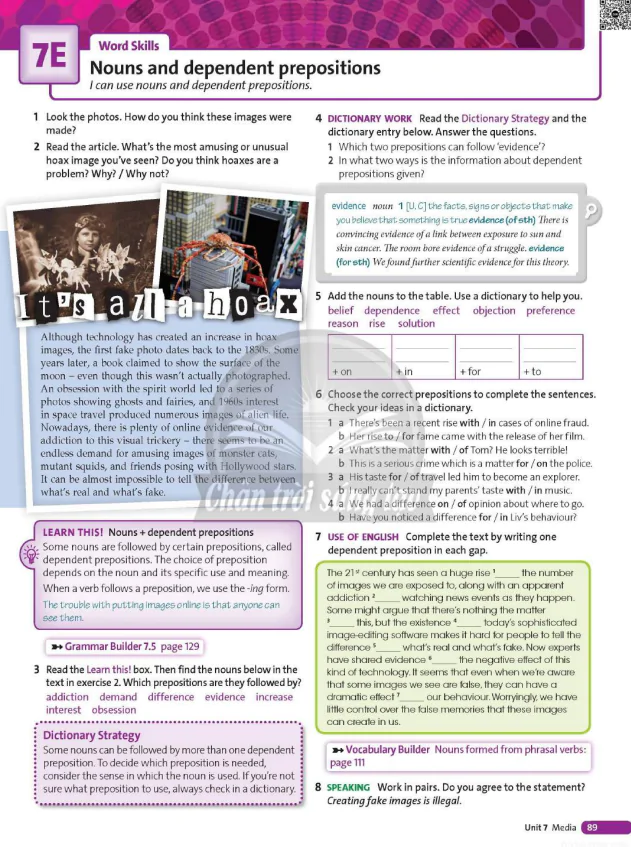
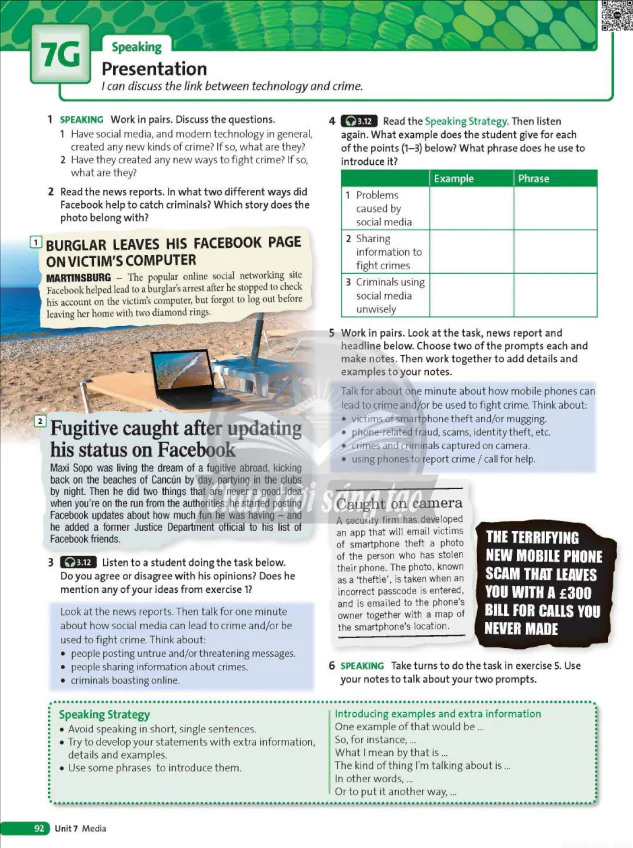
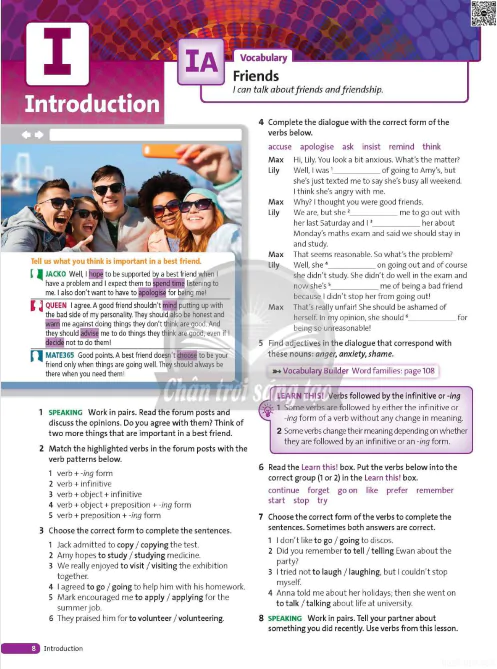
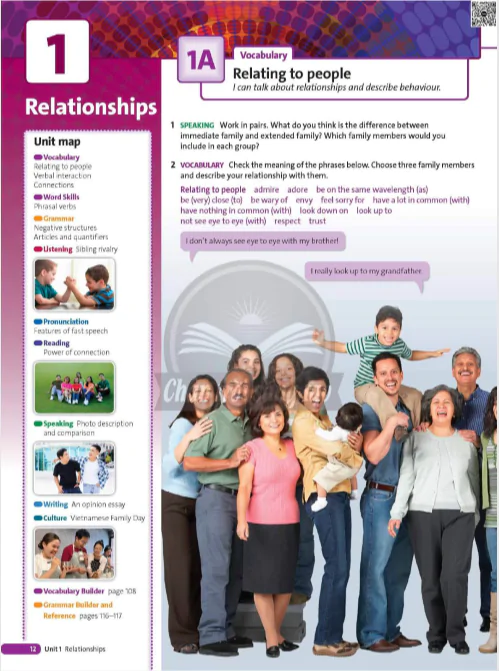
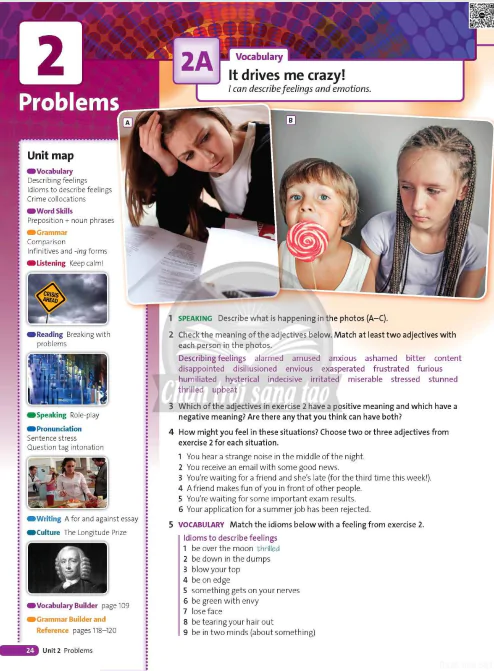
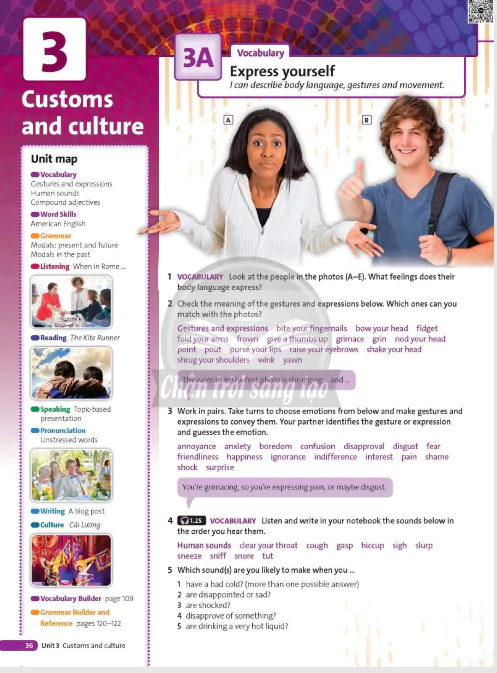
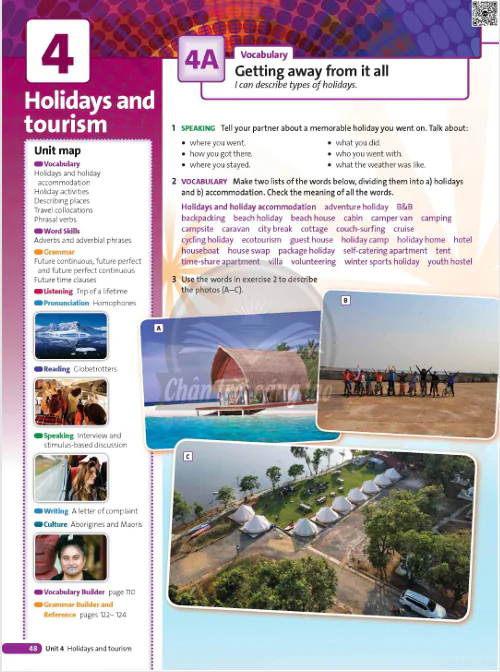
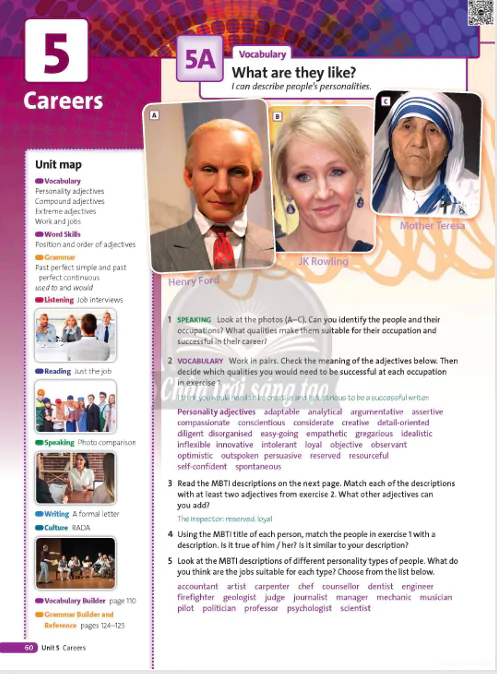


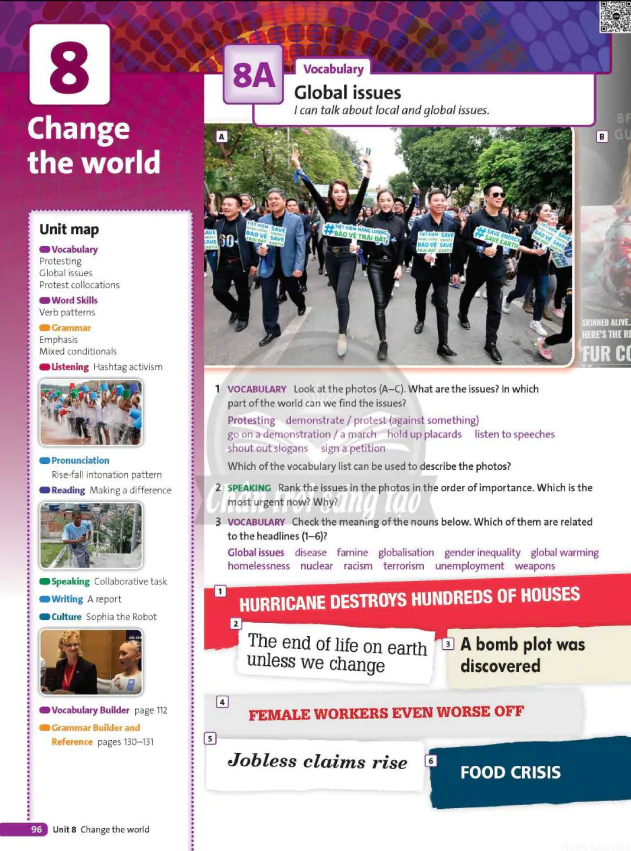
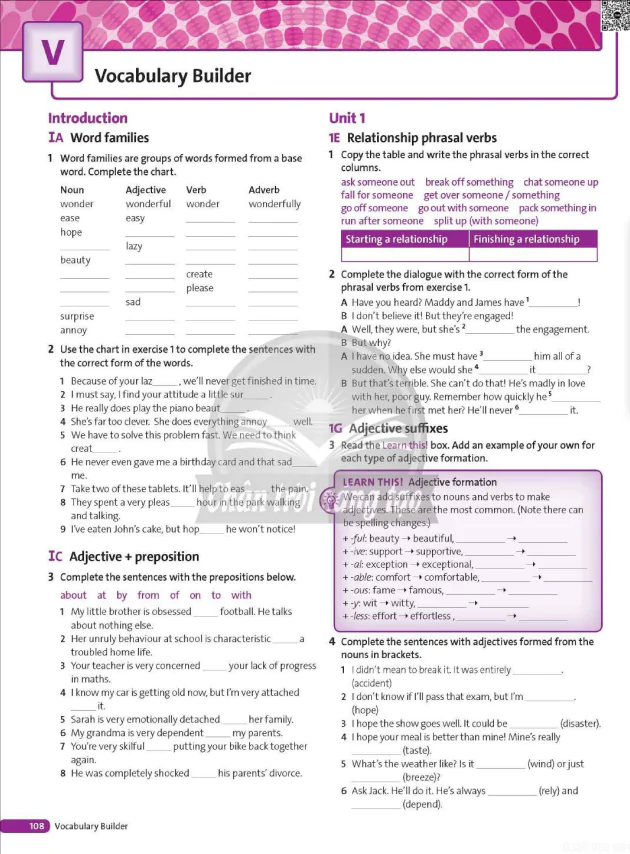
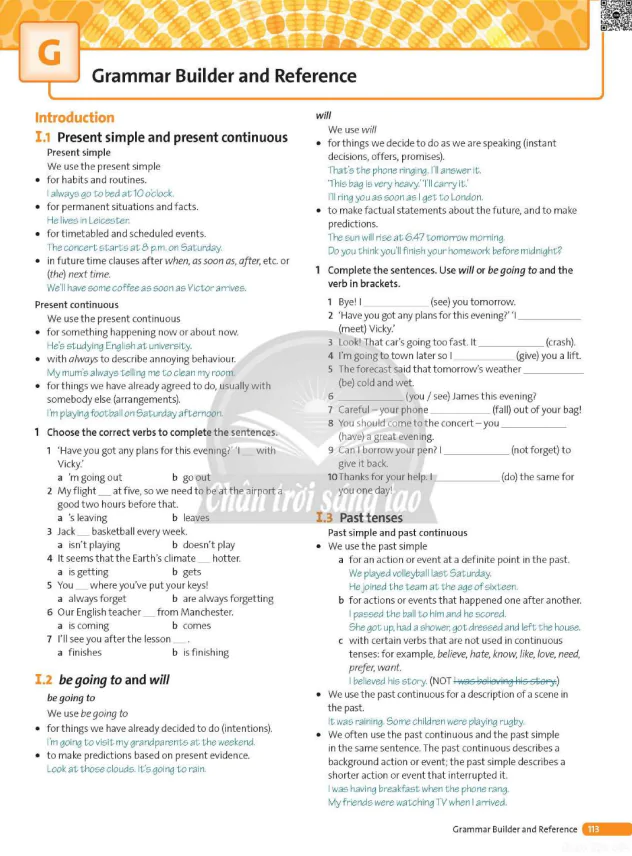


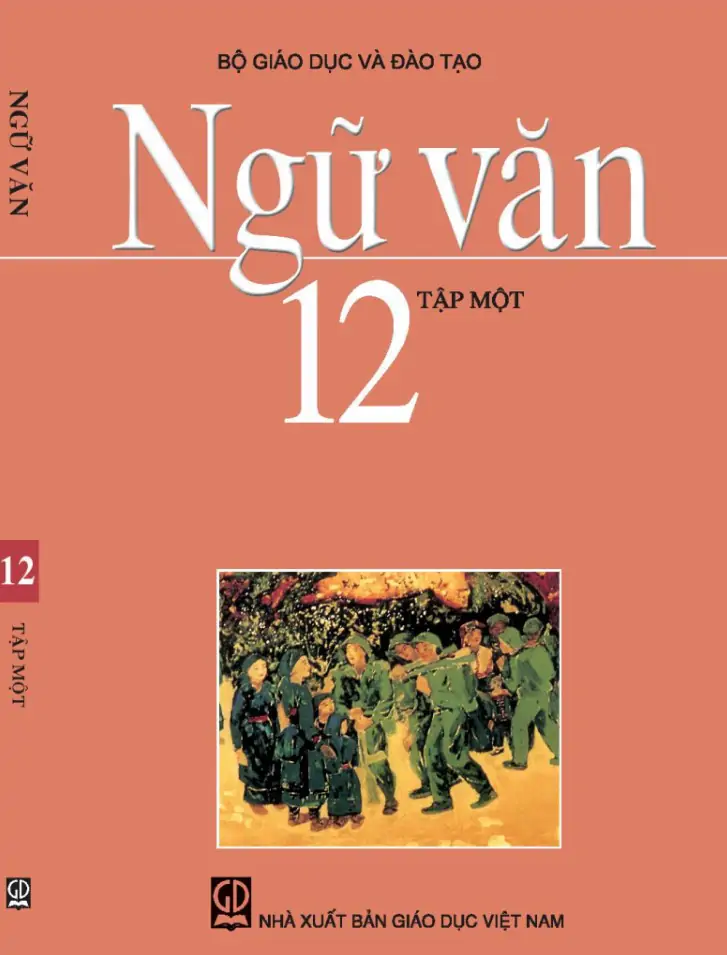



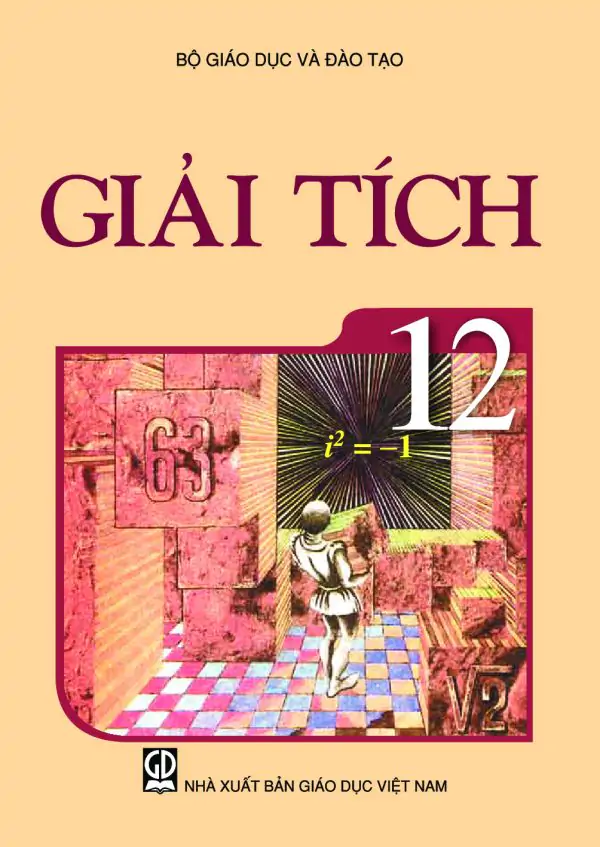


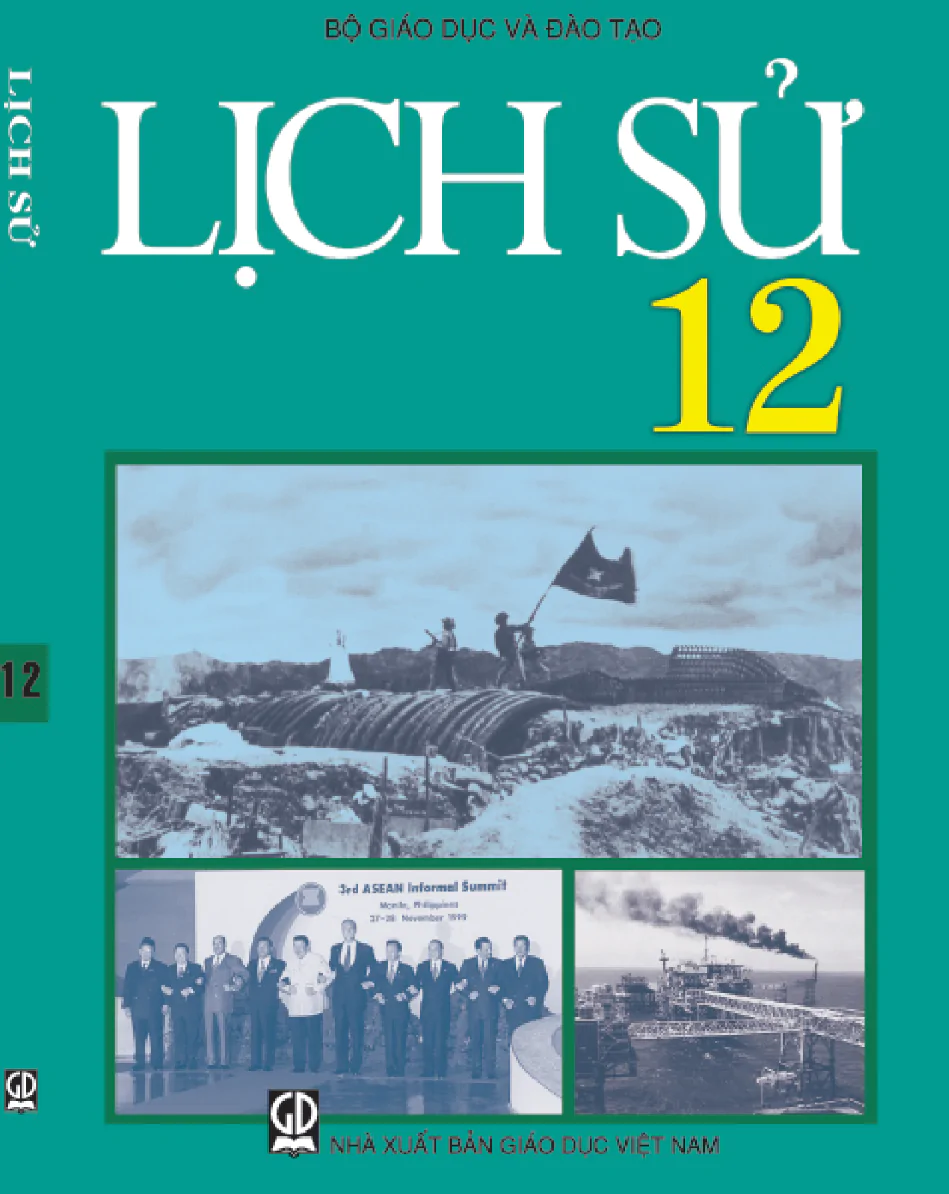
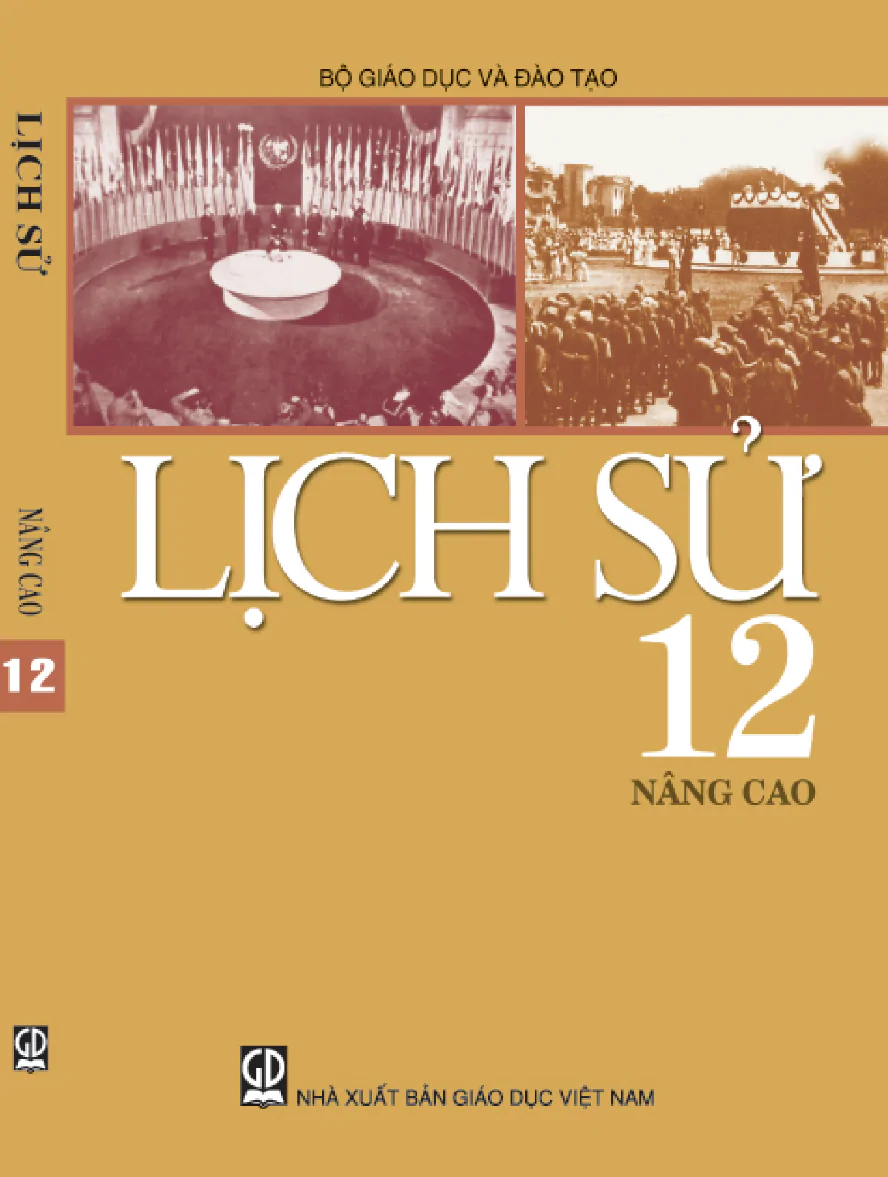


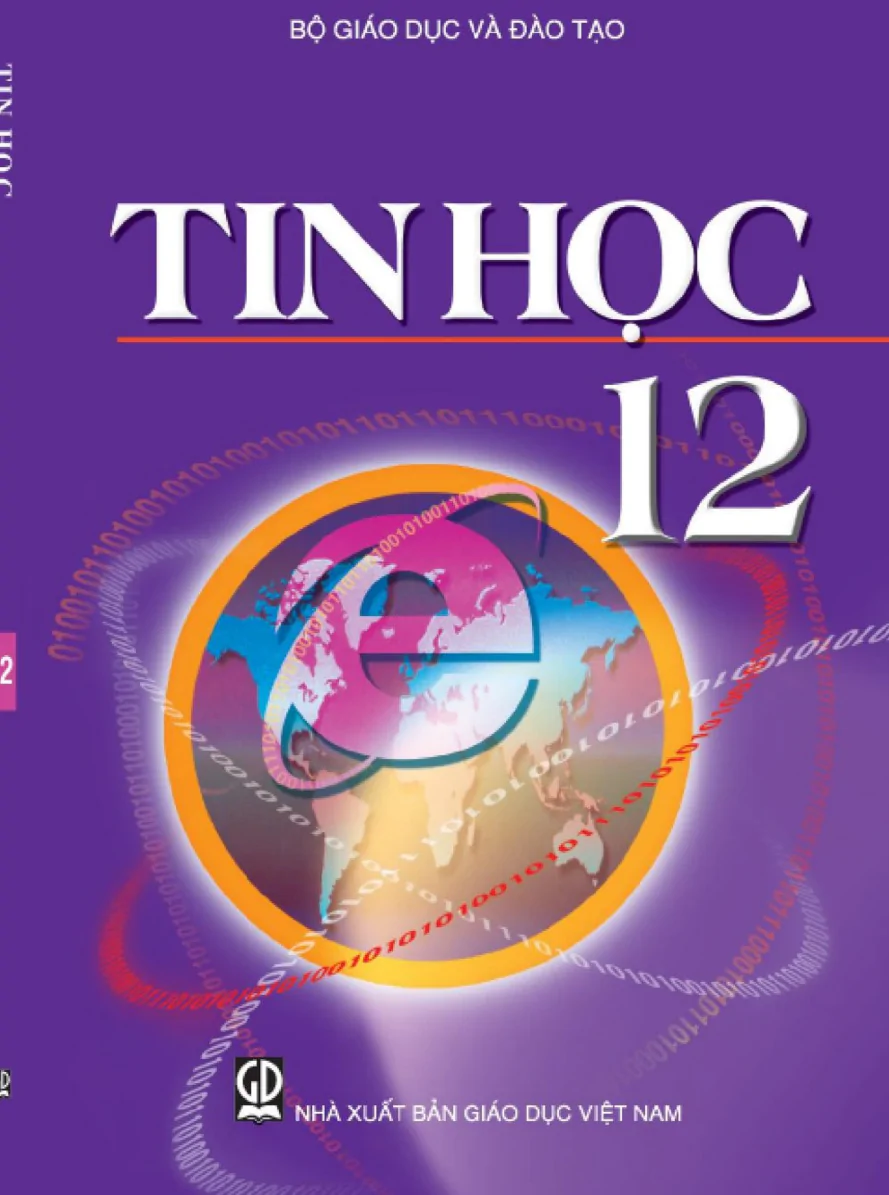


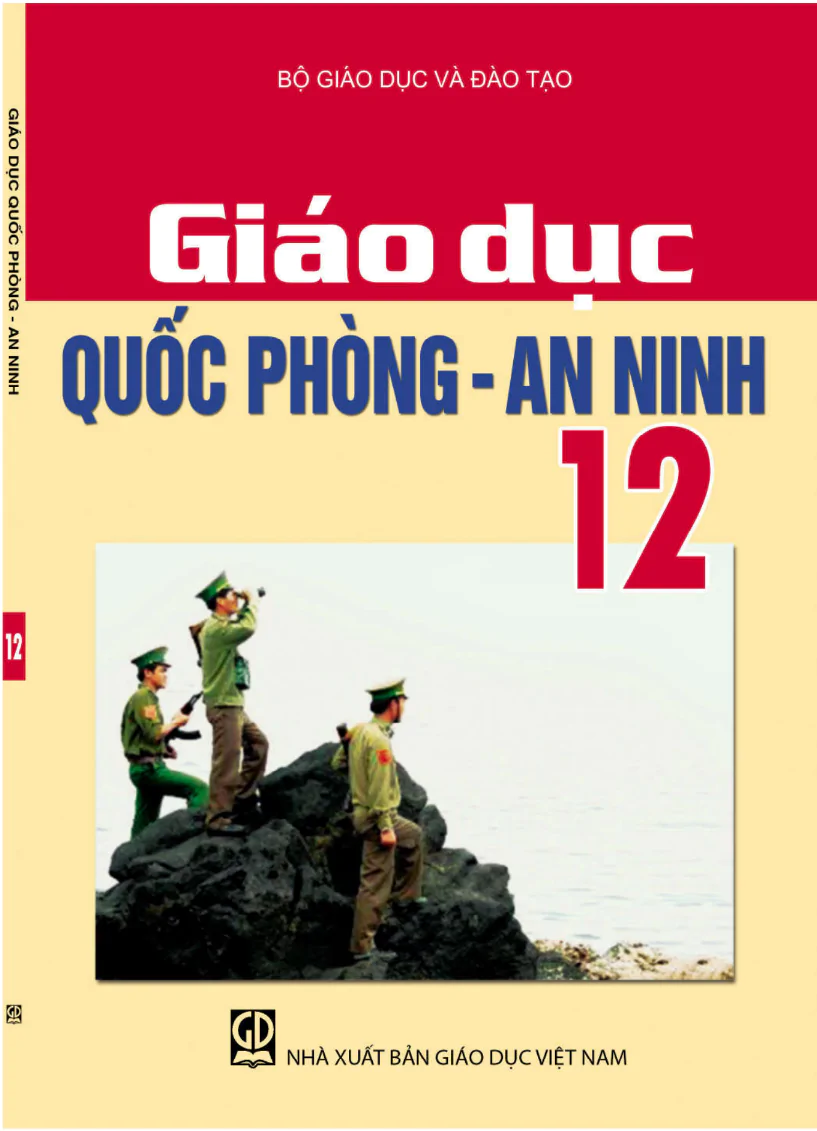

















Bình Luận
Để Lại Bình Luận Của Bạn